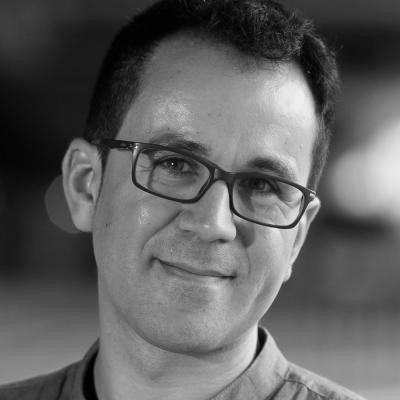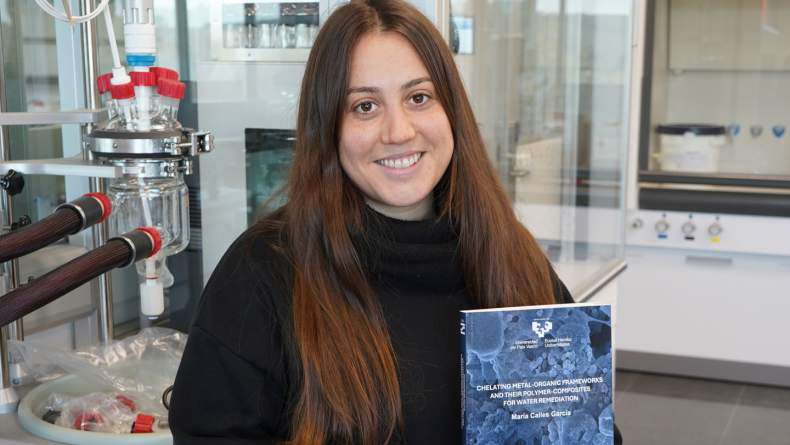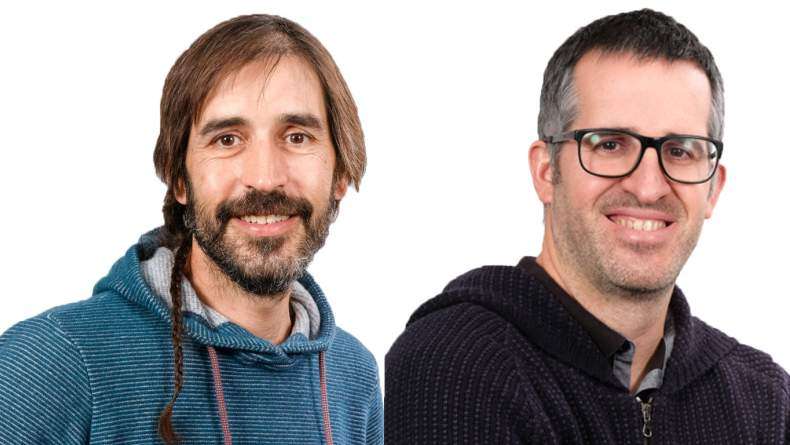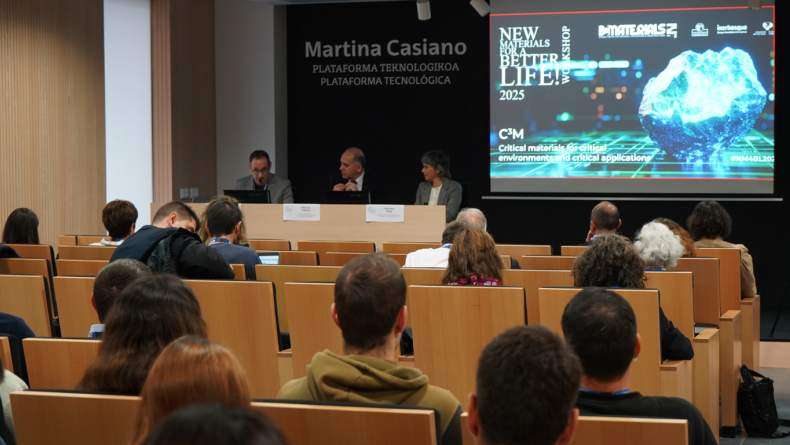BCMaterials Invited talks: Javier Reguera-Gómez

Patchy and Janus nanoparticles. Enhancing nanomaterials properties
Javier Reguera 1 CIC biomaGUNE, Paseo de Miramón 182, 20014 Donostia−San Sebastián, Spain. 2 Ikerbasque, Basque Foundation for Science, 48013 Bilbao, Spain. jreguera@cicbiomagune.es
The discovery of novel unique properties coming from the nanostructure arrangement of nanoparticle’s surface has revolutionized nanomaterials science in the last decade. Structural interfacial energy providing enhanced solubility, cell-membrane passive penetration, enhanced catalytic activity, or selective molecular recognition are some prominent examples of such properties. Several types of patchy nanoparticles have been reported providing different properties that are dependent on their nanodomain morphology and size, which range from subnanometer elongated domains, or patches, to just two patches in the so-called Janus nanoparticles. These last ones stand out due to their binary anisotropic property and have shown extraordinary potential in a wide set of applications ranging from biomedicine to molecular colloids.
I will present here my contribution to the synthesis of patchy and Janus nanoparticles by different methods. First, by the use of binary self-assembled monolayers (SAMs) where mixtures of ligand molecules can self-assemble at the surface of metallic nanoparticles. Some novel methods to characterize this complex formation will be discussed. And second, the synthesis of novel gold-iron oxide Janus plasmonic-magnetic nanoparticles with sensitivity in the near IR and superparamagnetic features will be shown. The combined properties of those Janus nanoparticles have given rise to unprecedent versatility as smart active nanomaterials. Some recent examples of this versatility will be presented including responsive self-assembly, applications in biomedicine (multimodal imaging, dual hyperthermia, etc.) and in sensing through a magnetic assisted Surface Enhanced Raman Spectroscopy (SERS).
 Javier Reguera-Gómez
Research Associate / Ikerbasque fellow CIC biomaGUNE, Paseo Miramón 182C, 20009 Donostia-San Sebastián (Spain)
Tel.: +34 943 005 300
Email: jreguera@cicbiomagune.es Javier Reguera-Gómez
Research Associate / Ikerbasque fellow CIC biomaGUNE, Paseo Miramón 182C, 20009 Donostia-San Sebastián (Spain)
Tel.: +34 943 005 300
Email: jreguera@cicbiomagune.es |
Dr. Javier Reguera is currently an Ikerbasque research fellow at CIC Biomagune in San Sebastia (Spain). He received his M.S. degree in Physics and Ph.D. in Materials Science at the University of Valladolid (2008, Valladolid, Spain). He performed his doctoral thesis, with a FPI fellowship (Researcher personnel in formation) and later as assistant lecturer, at the School of Engineering at University of Valladolid, under the supervision of Prof. J.C. Rodriguez-Cabello in the field of smart elastin-like polymers with multi-sensitivity. During his doctoral thesis Dr. Reguera performed several research stays at different European research institutions: Institute of Macromolecular Chemistry (Prage, Czech Republic), University of Nottingham (Nottingham, UK), and at ICSI-CNRS (Mulhouse, France). In 2009 J. Reguera was awarded with a Fulbright fellow grant to perform a postdoctoral stay at MIT (USA) at the group of Prof. F. Stellacci. In 2011 J. Reguera moved to EPFL (Switzerland) where he contributed to the formation of a new research laboratory under the supervision of Prof. F. Stellacci. During this time J. Reguera focused on the studies of self-assembled monolayers on the surface of metal nanoparticles. In November 2014, J. Reguera was awarded with an Ikerbasque fellow contract and started working at CIC biomaGUNE (Spain) at the laboratory of Prof. Luis M. Liz-Marzán. J. Reguera current research lines are the design and characterization of novel multifunction patchy nanoparticles, the assembly and self-assembly of nanoparticles, and the biomedical application of nanoparticles. J. Reguera is a co-author of more than 40 publications and has presented his research in more than 50 conferences. He has been awarded with a Fulbright and Ikerbasque fellowships, and with the University of Valladolid doctoral extraordinary prize and the Spanish group of polymers (GEP - RSEQ, RSEF) for his doctoral thesis.
Related news
María Calles, BCMaterialseko doktore berria
María Calles García zoriondu nahi dugu UPV/EHUn Materialen Zientzia eta Teknologian doktoretza lortzeagatik. Abenduaren 4an Maríak ‘Chelating Metal-Organic Frameworks and Their Polymer-Composites…Bartzelonako Mikroelektronika Institutuko ikertzaileekin hitzaldi gonbidatua (abenduak 3)
Datorren abenduaren 3an, 12:00etatik aurrera Leioako Martina Casiano auditorioan, BCMaterialsek Bartzelonako Mikroelektronika Institutuko (IMB-CNM) (CSIC) Antón Guimerà eta Xavier Illa ikertzaile…Hitzaldi gonbidatua Liu Yaorekin metal-litiozko bateriei buruz (abenduak 2)
Datorren astelehenean, abenduaren 2an, Liu Yao Shanghai Institute of Applied Physics-eko irakasleak "Li Metal Batteries: From Liquid to Solid-State" hitzaldia aurkeztuko du BCMaterials-en. Hitzaldia…BCMaterials-en urteko workshoparen arrakasta, material kritikoei eskainia
BCMaterialsen urteko workshoparen 2025. edizio arrakastatsuak ehun bat lagun bildu zituen azaroaren 19an Leioan, artearen egoera aztertzeko eta material kritikoei, materialen aplikazio kritikoei eta…



